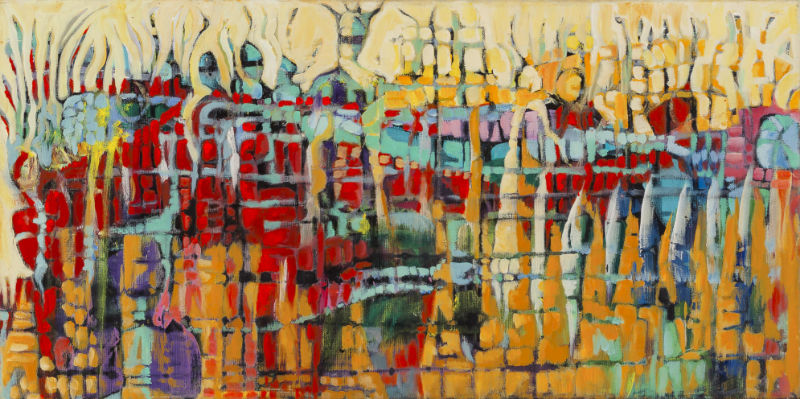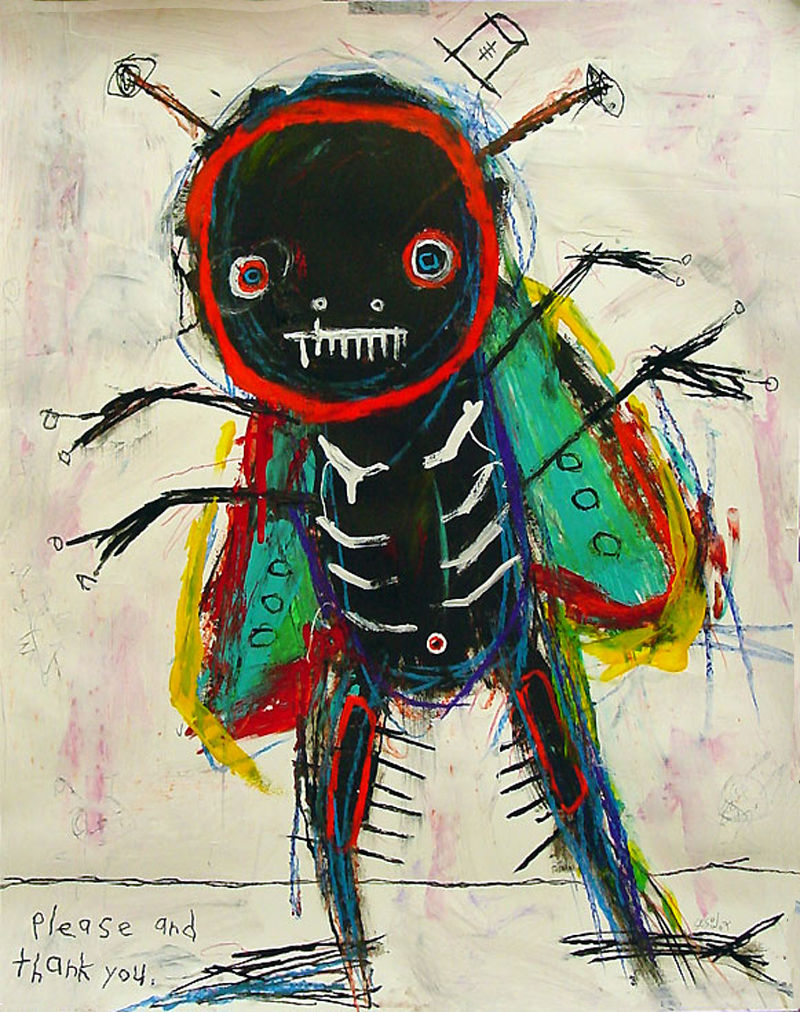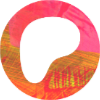Blog / 2017 / How to Choose between the Self-taught Route, Going to Art School, and Getting a BA
August 24, 2017
When it comes to educating yourself, some artists choose to maintain the purity of their raw voice, eschewing formal art education and teaching themselves instead. Others will go into the belly of the art establishment, braving a BFA or MFA program and emerge on the other side both wiser and bolder. Still others will follow the university path, gaining access to many different media while also benefiting from a broad education.
How will you choose which path is right for you?
Your decision about where to obtain your art training requires a thorough understanding of your priorities. Start by evaluating the three reasons why people pursue art education:
- access to new equipment, media, and methods.
- access to a tribe of like-minded people.
- access to potential career advancement.
It may or may not be obvious how important each of these reasons are to you, but when examined alongside the three potential paths—self-taught, art school, liberal arts program—their relevance to your values will become clear.

Access to tools and techniques
If you’re considering the self-taught path, accomplishing the first art education goal will be the most challenging because certain kinds of discovery are only feasible when all the possibilities are laid out before you. School may be piled high with paperwork, personalities that you must please, and hoops to jump through, but it also builds experimentation into your schedule.
So, even if you don’t want a degree, seek out new media in adult learning classes at a community college or discover new methods in the wealth of tutorials now available to everyone with computer or smart phone. While for some this exploration violates the code of the self-taught artist, most of us would acknowledge what Trinidadian artist Alison Wells points out: that “self-taught” is a whole new animal in the internet age. These days the autodidact is less likely to be a disconnected eccentric with an obsessive vision and a love for unusual materials, and more likely to be someone who simply prefers to avoid earning credits and completing programs.
For those who are leaning towards pursuing some kind of degree access to tools and techniques is made easier, but it’s not a certainty. This means that, when evaluating schools, be sure that they have all the equipment you could possibly want. Does the institution maintain a ceramics studio with kilns? A proper digital art lab with up-to-date computers, scanners, and cameras? How about an intaglio print studio? A sculpture lab? A jewelry workshop? Even if you’e pretty sure that you’ll never want to use an analog camera and develop your own film in your career, learning the process may open new avenues in your creativity. Any institution can offer a life drawing curriculum, but a worthwhile school will have classes in conceptual art along with other techniques and practices that aren’t as mainstream as painting.
My own art education happened in one such well-equipped university. Though I chafed at the liberal arts requirements sometimes—the math classes haunt me to this day—the exposure to other subjects made me an artist who’s comfortable creating a book about biology and delving into philosophy weekly in my vlogs. Each field of knowledge comes with its own systems and procedures, and learning about everything from classical Greek theater to basic anthropology methodologies enriched my art.

Access to community
The autodidacts might seem at a disadvantage in that they do not have the immediate community found at a school. On the other hand, those pre-assigned cohorts can sometimes be stifling. Choosing your own creative community might work best for you.
The self-taught artist Matt Sesow earned a BS in computer software engineering in 1989 and worked for a few years in IT, only beginning to paint as an adult one night on a whim, to impress a woman.
After that rather superficial start, Sesow’s art-making quickly evolved into something more vital, helping him to process the trauma surrounding the loss of his dominant hand in an accident when he was eight. In the beginning, as he developed his artistic taste and vision, he found a community among the artists featured in the multitude of museums in his home base of DC. Later, he made friends among the creatives working in his neighborhood, eventually meeting his wife, the painter Dana Ellyn, whom he calls his biggest creative influence.
In that way, Sesow’s path is not so different from my own. Though I found some of my art family in college, my creative friends today are mostly people I met by exhibiting my art or by being an opinionated artist on social media.
The community aspect of the formative first years as an artist seems to have been most important to Wells, who earned a BFA early on and then, after a few years of working as an artist, an MFA. She names meeting people with whom she shared a similar language as her favorite part of school. This makes sense considering that, though her family was supportive of her creativity, the wider community around her was not, ridiculing the idea that you could find success as an artist.
Wells describes art school as a community that challenged and supported her and, while this sounds appealing, I know from experience that this tribe can also become poisonously competitive. This can happen at a university as it did for me, but the concentration of artists in BFA and MFA programs tends to up the ante on cutthroat behavior. In the end, it’s up to you to determine if you thrive in a potentially nurturing and possibly competitive atmosphere, or if you’d be happier finding your community in a more organic manner outside of institutions.

Access to opportunities
When it comes to career advancement, it may seem that the autodidacts are once again hindered by their choice to avoid formal schooling. After all, artists need institutions of all kinds to truly launch their careers. This can include schools, but also museums, galleries, granting bodies, public art committees, and press, among other organizations. That said, having been through an institution at the beginning of your career doesn’t guarantee a better relationship with institutions later on.
Case in point: both the self-taught Sesow and the degree-holding Wells have promoted their art through traditional venues like museums while also partnering with more unusual organizations. For example, in 2013, Sesow’s work was featured on a postal stamp published by the United Nations, and between 2002 and 2014 filmmaker Leslye Abbey created a documentary about his life and art called Join Hands. Wells has exhibited her work in museums in the United States, the Caribbean, and in Europe, but also in less conventional venues such as the Fifth Summit of the Americas in Trinidad and Tobago in 2009 and World Exposition in Shanghai in 2010. In other words, any artist may form relationships with institutions, regardless of what shape their art training took.
One main career advantage for those artists who go to art school is the fact that many graduates will finish as art administrators instead of as full-time artists. While some gatekeepers with BFAs or MFAs love artists all the more because they know firsthand the artist’s struggle, others may have become bitter about having given up their artist ambitions. If you graduated from the same school as one such administrator, the association may rub salt in their wounds instead of getting you an “in” at the institution which employs them.
For the liberal arts graduate, the connections made in college may play out differently, because, even though your fellow students probably will not go on to become arts administrators, they often end up being able to help you. People love working with or buying from people they know, so, when your cohort begins to find success in their various fields of employment, they will enjoy supporting the artist they remember from college.
For many of my former classmates, the fact that I’ve been a professional artist ever since we walked across that stage together in May 2003 means that I’ve become my own institution. My commitment to my art—a commitment they have been able to witness from the beginning—makes me their favorite artist to support.
If you go the self-taught route, you may not have the same extended network that an alma mater provides, but you will still have friends, acquaintances, and plenty of people who want to see you succeed. More importantly, you will have gathered this career support without incurring the burden of student loan, an evil that kills many an art career before it gets off the ground.
What your art path ultimately means for your career
No matter their educational background, artists often emphasize their degrees or the fact that they’re autodidacts in their marketing. This accent on summa cum laude or the beauty of brut can be inviting or annoying, depending on who’s reading the copy, and that’s as it should be. Each artist is looking to connect with their audience, people who can relate to them and their life choices.
Sesow used the descriptor “self-taught” more often in the 1990s when he was starting out. At the time, he felt it helped explain the raw nature of his work, but, now that he’s twenty years into his art career, giving his art that context isn’t necessary. Wells and I still mention our education in our bios, but neither of us plaster it all over our publicity materials or find it particularly important that people know how much training we have. In other words, all three of us have enough experience at this point in our careers to render our art education or lack thereof irrelevant.
Because, truly, it doesn’t matter how you started out. The only part that counts is the journey. What you need is to be “self-teaching,” which is what Sesow calls the process of always experimenting and learning, both aesthetically and in one’s art business. As Wells said, the way you become a professional is “by working hard, showing up, following through, and not giving up nor getting discouraged by closed doors.”
To be an artist you must be bold, and you must know how to continually replenish your audacity. For Sesow, the moxie is fostered at least in part by not having a little voice in his head telling him that he’s doing things the “wrong” way. For Wells, the confidence is bolstered through learning the rules of art-making in school and then refashioning those structured ways of thinking to her liking. For me, the certainty stems from always seeing art in a larger context and reminding myself that none of the rest of it—science, technology, cultural expression—is anything without art.
All of which is to say that Sesow, Wells, and I are each convinced that the path we took is the right one. And, as impossible as it may sound, we’re all absolutely correct. There are as many right paths to becoming an artist as there are artists. No matter how straightforward or circuitous your path ends up being, it will be the right one for you, because it will be yours.
PLEASE NOTE
This article was originally published in Professional Artist magazine, which I don’t write for anymore.
Maybe this post made you think of something you want to share with me? Or perhaps you have a question about my art? I’d love to hear from you!
To receive an email every time I publish a new article or video, sign up for my special mailing list.
If you enjoyed this post, Ko-fi allows you to donate. Every dollar you give is worth a bajillion to me!



